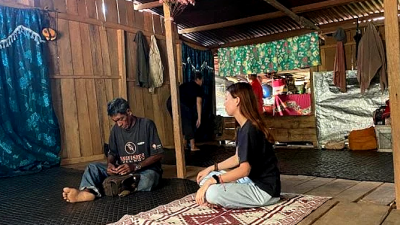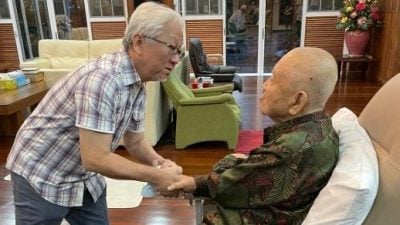
I first discovered that “race” was a constructed concept in 2019.
Sixteen people in the Orang Asli village of Kuala Koh, Gua Musang, Kelantan, died in June 2019. The deaths shocked the nation.
Initially, their bodies were scattered throughout the forest, buried on different trees.
However, after an investigation and autopsy by officials from the Ministry of Health, they were declared Muslims, requiring burial according to Islamic rites.
The Bateq people, with their dark skin and small stature, are unrelated to Malaysia’s intangible cultural heritage of batik fabric.
In their language, “Bateq” means “people”, and sometimes they refer themselves as “Bateq Hep”, which means “people of the forest” (Orang Hutan).
When I asked if they were Muslims, the Bateq village chief did not answer directly, replying intriguingly instead:
“Everyone was Bateq prior to this. Chinese mothers were Bateq, and Malay fathers were also Bateq.
“But God divided us into different ‘races’. Take the Malays for example; they were once like us and enjoyed eating pork, but they later stopped.
“They forgot; they wanted to be different from us, and now they want us to be like them.”
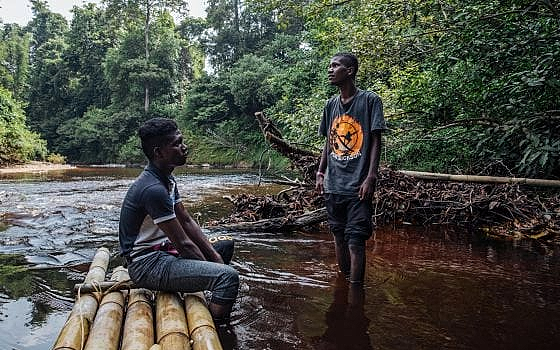
Names of tribes fluid, changeable with time
Look at the 19 indigenous tribes on the Malay Peninsula, their names, like those of indigenous peoples worldwide, were constructed by “others”, especially Western colonisers.
These names often mean “people” in various languages, and are tied to their living environments, sometimes evolving over time.
For example, the Mah Meri tribe of Selangor was originally sea nomads.
Records indicate that they lived in the waters near Endau, on the border of Pahang and Johor, even reaching as far as Johor, Singapore, and Sumatra.
Some claim their footprints extended to southern Johor – along the rivers in Batu Pahat and Muar.
Their tribal name has at least three different versions.
According to British scholars Skeat and Blagden in “Pagan Races of the Malay Peninsula”, this sea nomadic tribe was initially called “Besisi”.
In Malay, “Sisi” means “edge”, possibly related to their nomadic nature.
Around the 1980s, scholars found that they preferred to call themselves “Ma’Betisek”, meaning “people with scales”.
One legend tells of a tribesman who accidentally got a fish scale in his eye while cleaning fish. When he looked into the distance, he mistakenly thought pirate ships were approaching and raised the alarm.
Since no one else could see the ships, he became a laughing stock, nicknamed “person with scales”, which later extended to become the ethnic name.
As for their current name, “Mah Meri”, it originated when pirates from Sumatra and Sulawesi attacked this sea nomadic tribe in the 15th–16th centuries.
They fled to Carey Island in Selangor, hiding in mangrove forests, becoming “people in the forest”.
Although the mangroves were later transformed into British rubber plantations and eventually Sime Darby’s oil palm estates, their ethnic name remained unchanged.
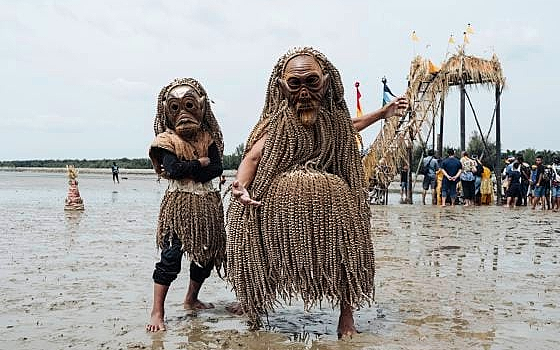
Using similar naming logic, the Amis people in Taiwan and Inuit people in North America also mean “people”, while Maori in New Zealand means “normal people”.
In Borneo, the Dayaks are “inland people in the mountains”, while Orang Ulu are “people from the upstream”. Numerous examples exist worldwide.
However, if you think Western colonisers and the indigenous peoples could smoothly exchange introductions such as “What race are you?” and “I’m a human”, you’d be mistaken.
In fact, these culturally disparate groups often found themselves in situations where communication broke down, leading to many absurd and mysterious ethnic names.
For instance, the Jah Hut tribe in Pahang was initially recorded by the British colonisers as “Jah Hĕt”, meaning “Not People” (Orang Bukan).
When I asked Jah Hut friends why they were called “Not People”, they burst into laughter and shared an ancestral story:
“In our language, ‘hĕt’ means ‘no’, and ‘kom’ means ‘can’.
“Perhaps when the British asked our ancestors questions, they often replied with ‘hĕt’, meaning ‘don’t know’ or ‘no’. So we were inexplicably labelled as ‘Not People’.”
They humorously added: “If our ancestors had responded with ‘kom’, we might now be called ‘Jah Kom’ (‘Can People’)
“As ‘people of the forest’, we should be called ‘Jah Brik’, but we only use that name jokingly.
“When asked about our ethnic name, we still answer ‘Jah Hut’.”
The shift from “Hĕt” to “Hut” is related to the inability of British officials to identify or mishear the sound [ĕ], illustrating that ethnic names are ideologically fluid.
The real meaning isn’t what matters; what matters is that creating these “races” facilitates governance.
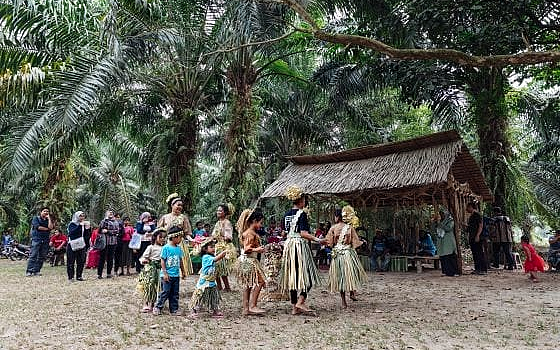
No biological markers for ‘racial boundaries’
The concept of “race” has long been debated – whether it is genuinely objective or a man-made product.
Clarifying its definition requires analysing its complex relationships with biology, culture, society, and history.
Primordialism generally views that “race” is a naturally formed group based on objective factors such as kinship, region, and language, possessing eternal characteristics.
Constructivism, on the other hand, argues that “race” is not a natural category but a concept shaped by power relations and social interactions within specific historical and social contexts, making it highly unstable.
Regardless of which perspective is more accurate, modern scientific research shows that human genetic diversity far exceeds differences between races, and no biological markers clearly define racial boundaries.
With globalisation accelerating, interactions among different groups are more frequent, and having a diverse and fluid identity is no longer surprising.
What is surprising, however, is that despite all being members of the species Homo sapiens, we continue to rally behind the notion of “race”, even in the 21st century, remaining the most loyal pawns of politicians.
More on the Echoes of the Forest
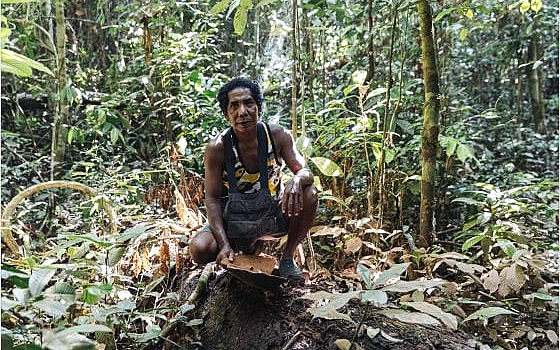
(Yi Ke Kuik is a Master’s student in Anthropology at National Taiwan University focusing on issues related to indigenous people in Peninsular Malaysia. Founder of myprojek04 photography initiative and writes for a column called Echoes from the Forest (山林珂普) in Sin Chew Daily, highlighting the photos and stories of indigenous people.)
ADVERTISEMENT
ADVERTISEMENT






